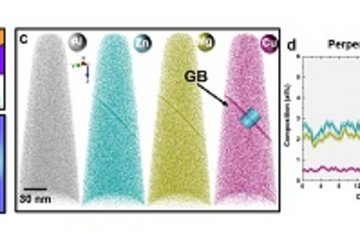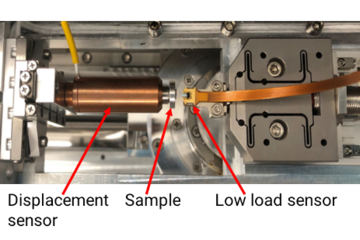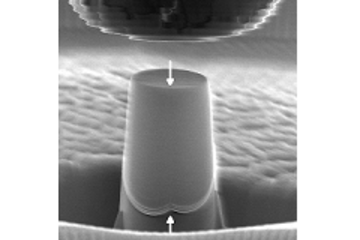All genres
61.
Talk
Understanding the physical-chemical phenomena in green steel production using synchrotron X-ray techniques. European Synchrotron Radiation Facility User Meeting 2022, Online (2022)
62.
Talk
Hydrogen-based direct reduction of iron ores: Microstructure, crystallography, and reduction mechanisms. 2021 International Metallurgical Processes Workshop for Young Scholars (IMPROWYS2021), a hybrid event, Online (2021)
63.
Talk
Sustainable Metals. Virtual Keynote Perspective Lecture, Materials Chain and Materials Science Department, RUB
, Bochum, Germany (accepted)
64.
Talk
Basic Research Opportunity and Leverage Effects in Sustainable Metallurgy. Workshop: New Frontiers in Materials Science and Engineering – Sustainable Metallurgical Processes with improved CO2 efficiency, RWTH Aachen, online, Aachen, Germany (2020)
65.
Teaching
Materials Characterization – Introduction to X-ray Diffraction. Lecture: International Max Planck Research School for Interface Controlled Materials for Energy Conversion (IMPRSURMAT), online, 2021-08
66.
Teaching
Sustainable Materials Science and Green Metallurgy (Sustainable Materials and Metallurgical Science & Engineering). Lecture: SS 2021, RWTH Aachen University, 2021-04 - 2021-07
67.
Preprint
Effect of Pore Formation on Redox-Driven Phase Transformation. arXiv (2022)











